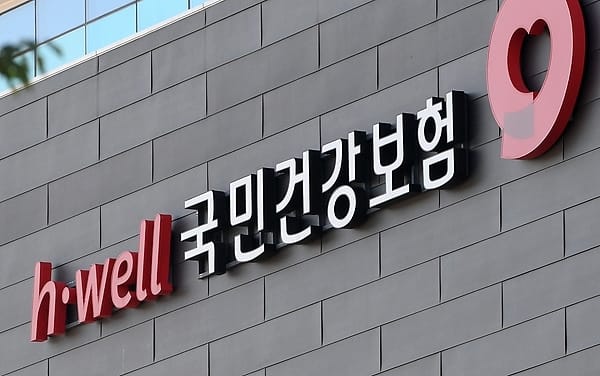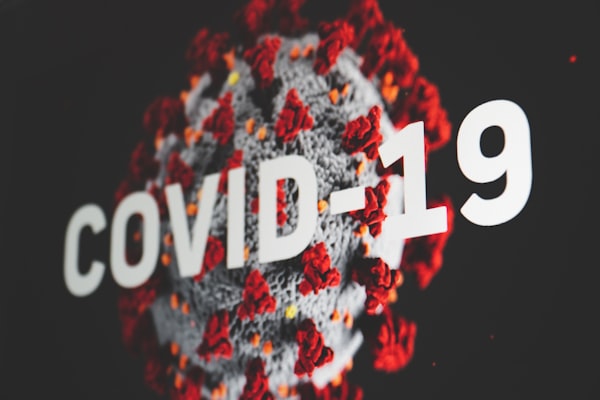Photo: Yun Tae-ho. Credit: Central Disaster Response Headquarters.
Although South Korea’s COVID-19 response received plaudits around the world, it still faced many unanticipated challenges and made compromises based on political optics, according to an interview by Yun Tae-ho, former chief of the public health division of the Central Disaster Response Headquarters (CDRHQ) 윤태호 중앙사고수습본부 방역총괄반장. Yun, professor of public health at Pusan National University 국립부산대학교, recently returned to his academic post after finishing his term with the CDRHQ on June 30.
In an interview with the SisaIN 시사인 magazine, Yun said the South Korean government chose a strategy of persistent suppression in the early stages of the pandemic, although the strategy placed an enormous load on the public health system. Yun noted that today, the United Kingdom (with a population of 67m) has more than ten times the number of daily COVID-19 cases compared to South Korea (with a population of 52m), but the two countries have roughly the same number of hospitalized patients - because in South Korea, every COVID patient is hospitalized no matter how light the symptoms may be, while in UK, most patients stay home. According to Yun, it was politically impossible for the South Korean government to tell COVID patients to stay home for treatment, because the government would be seen as abdicating responsibility.
Yun also noted that the government was caught flat-footed against the Delta variant; it projected the worst case scenario to be 2k new patients per day, which South Korea exceeded during the peak of the variant’s spread. Ministry of Strategy and Finance 기획재정부 also pressured the CDRHQ to relax the social distancing guidelines, fearing that the strict guidelines would mean greater financial compensation for the affected businesses. Yun believes that the public health system could have responded better to group medical settings like mental hospitals and the facilities for the elderly and the disabled. Although there were enough medical personnel to treat all the COVID cases, there was an insufficient number of care personnel for the patients who now had to receive individual care during quarantine. This led to a slower response, allowing cross-contamination within the facilities.








